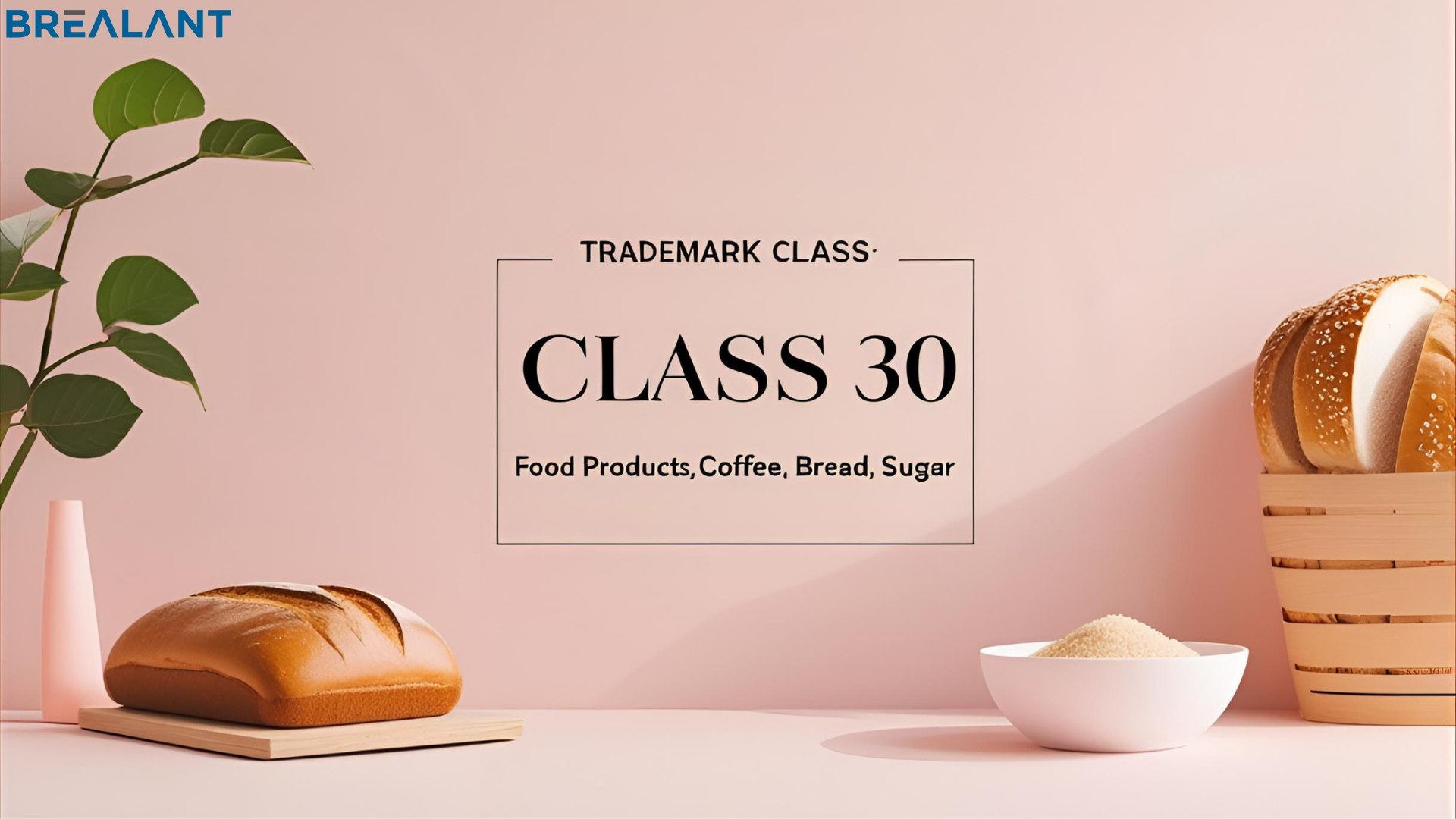

When you apply for a trademark with the Intellectual Property Office of the Philippines (IPOPHL), one of the first things you’ll encounter is the system of trademark classes. There are 45 of them in total, and each one groups together specific types of goods or services.
This system prevents confusion in the marketplace. For example, a coffee shop called “High-Octane” and a fuel company using the same name can both exist without legal issues. Why? Because nobody is going to confuse a latte with gasoline. They belong to different classes, and customers understand they’re unrelated.
If you’re dealing with food products, you’ll often end up in Class 30. This class covers things like:
Some familiar names in this category are NESCAFÉ (coffee), KNORR (seasonings), and GOLDILOCKS (cakes and pastries).
But here’s where people sometimes slip up: not everything edible belongs in Class 30. For instance:
So, picking the right class is more important than it might seem at first glance.
Businesses rarely stick to just one class. Take a coffee brand as an example:
Other related classes include Class 29 (meats and dairy), Class 32 (soft drinks and juices), Class 33 (alcoholic beverages), and Class 35 (retail and business services). It’s common to file in more than one, especially if you want stronger protection.
Here’s the practical side: each class comes with its own filing fee. If you’re registering your brand for coffee (Class 30) and also for t-shirts (Class 25), you’ll pay two separate fees.
If you accidentally file under the wrong class, IPOPHL can reject your application, and you might have to start over. That means more time and money wasted — something you want to avoid.
IPOPHL also requires you to submit specimens — proof that you’re really using your brand in commerce. For food products, that could be:
But take note: just listing your brand as part of your business name or return address usually won’t cut it. IPOPHL wants to see the mark in the same way customers would encounter it.
The importance of classification goes back to a landmark case, Philippine Nut Industry, Inc. vs. Standard Brands, Inc. (G.R. No. L-23035, 1968). The Supreme Court highlighted that trademarks are meant to distinguish goods and prevent confusion. That’s why similar or even identical marks can sometimes coexist if they’re in completely unrelated industries.
For example, “Mirinda” could work as a soda brand (Class 32) and still be used by a clothing line (Class 25). Nobody is going to think soft drinks and shirts come from the same company.
Since the Philippines is part of ASEAN and a member of WIPO, IPOPHL aligns its practices with international standards. A few key rules they follow:
👉 Bottom line: Choosing the right class is one of the most critical parts of the trademark process. Do it right, and your brand is properly protected. Do it wrong, and you could end up losing both time and money.